Earth Day 2024: Witness our changing planet in 12 incredible satellite images
This Earth Day, take a look at our blue marble from above.
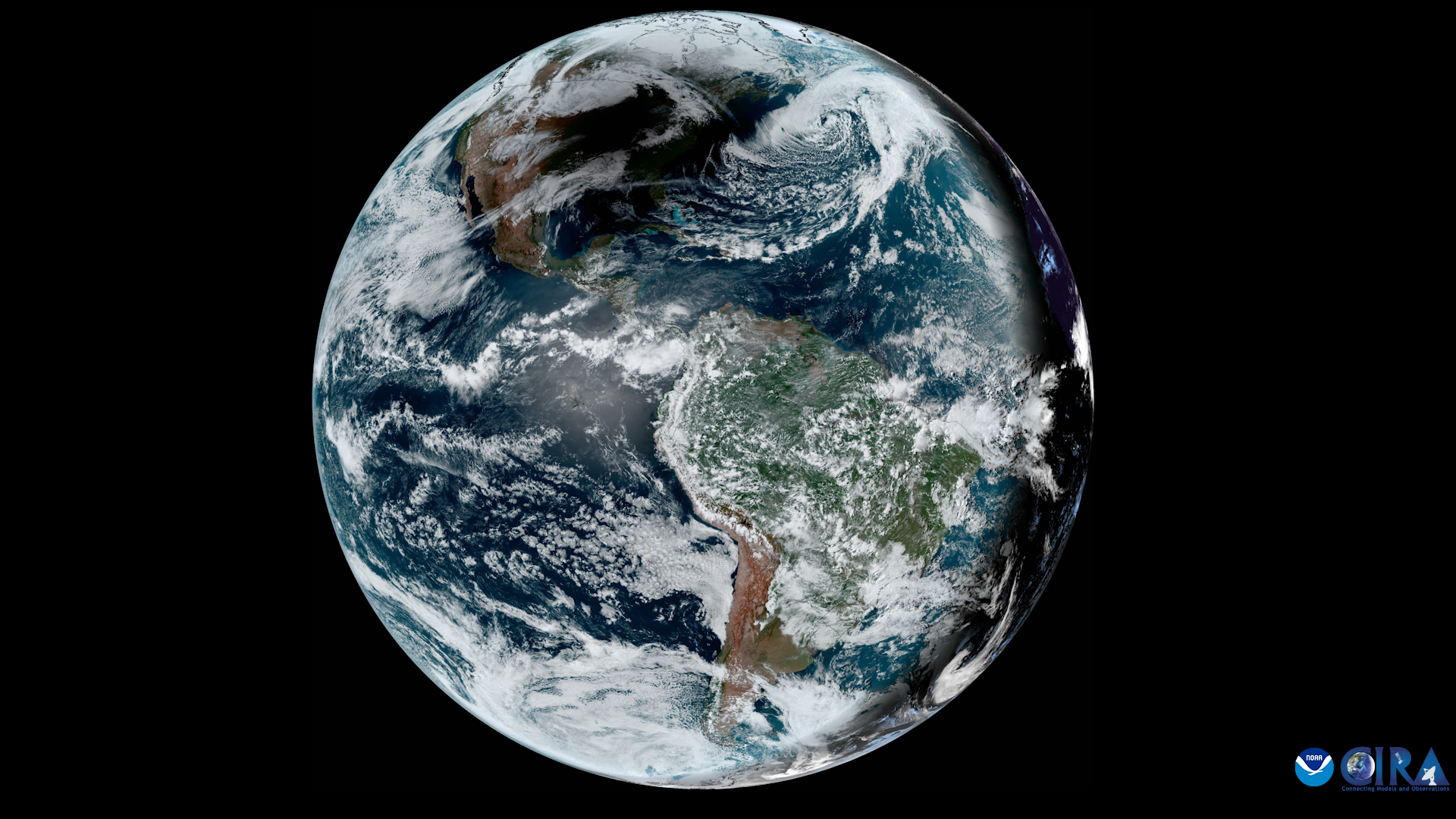
Happy Earth Day 2024! Every year on April 22, we celebrate Earth Day. This annual event is a time to focus on the environmental issues we have across the planet and highlight the efforts being made so we can continue to protect it.
While there are many ways we can accomplish this, one of the biggest technical advances we've seen in the last two decades that has been a game changer monitoring our planet's changing climate and atmospheric conditions is through NOAA's Geostationary Operational Environmental Satellites (GOES) and Polar Operational Environmental Satellites (POES) satellite fleet.
To commemorate Earth Day, enjoy these 12 satellite images that showcase the different ways this critical technology helps scientists keep an eye on our planet.
Related: The Earth Day 2024 Google doodle is a climate change reminder
The GOES satellite network has been in operation since 1975, although the current series, GOES-R, was launched in 2016. The final satellite in the series, GOES-U, is expected to launch in 2024 on a SpaceX Falcon Heavy rocket.
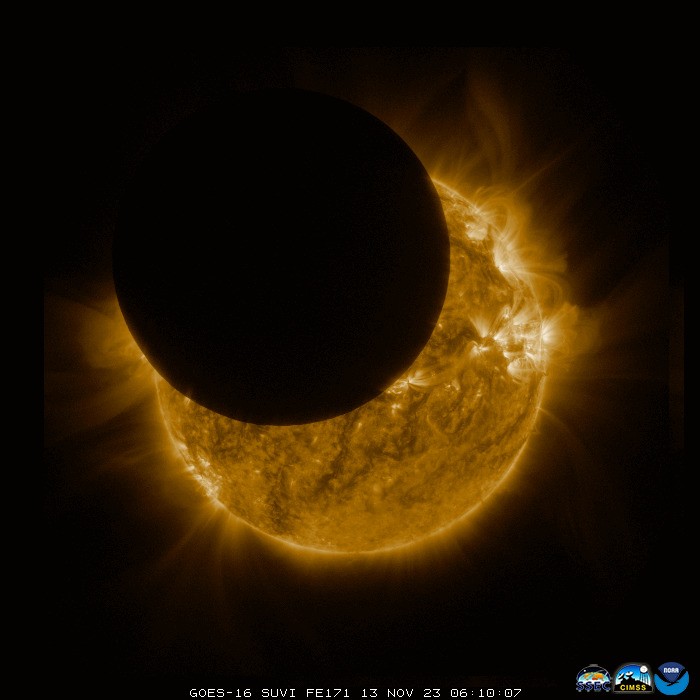
Aside from monitoring our changing planet, the GOES satellite series can monitor air quality, identify lightning strikes that might lead to wildfires, detect meteors entering Earth's atmosphere, and even give warning about space weather hazards.
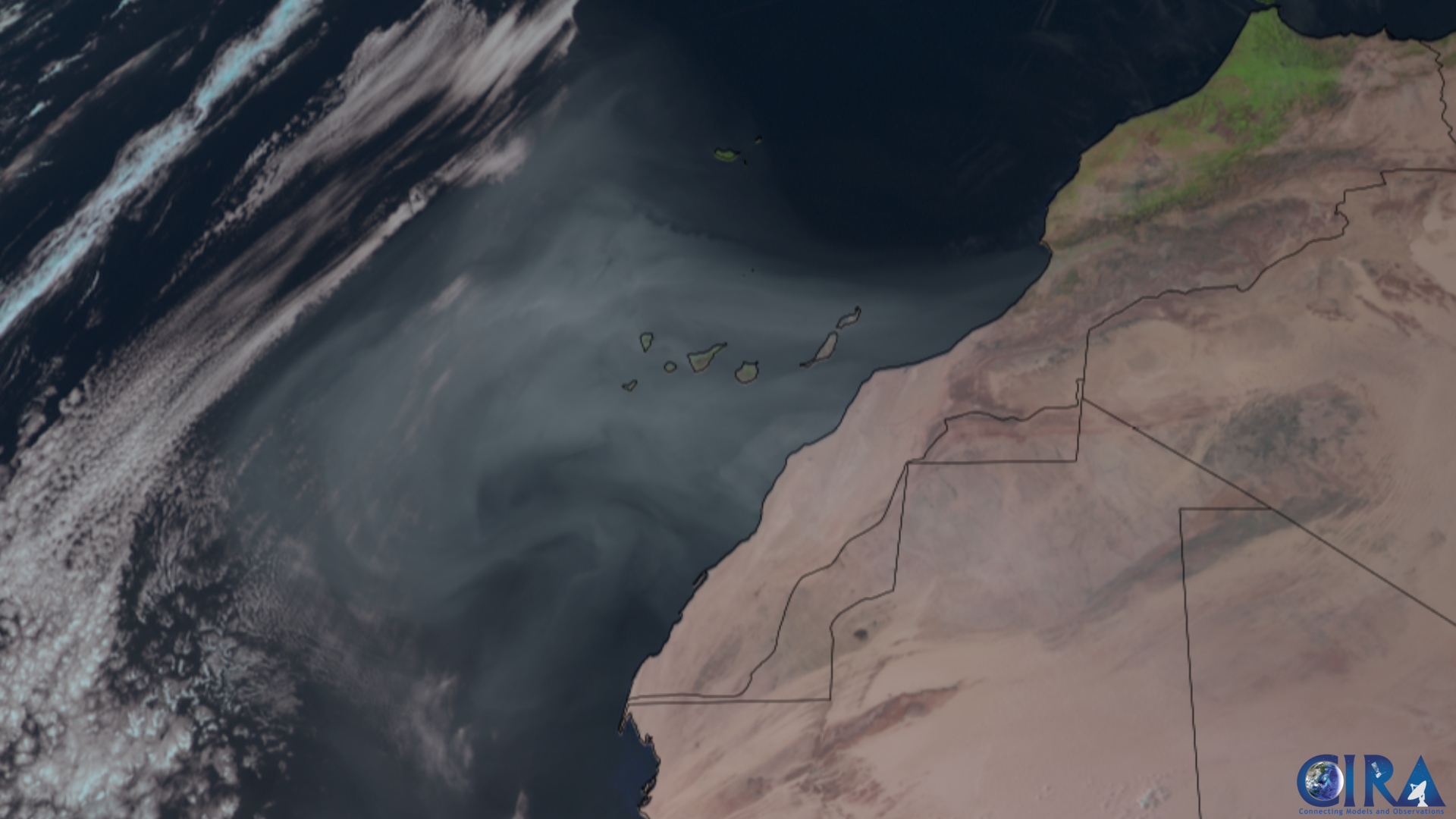
"A lot of folks know that the climate is changing, and that's impacting their communities and that can be discouraging," Karen St. Germain, NASA's Earth Science Division Director said during a NASA Earth Day media briefing last week.
Get the Space.com Newsletter
Breaking space news, the latest updates on rocket launches, skywatching events and more!
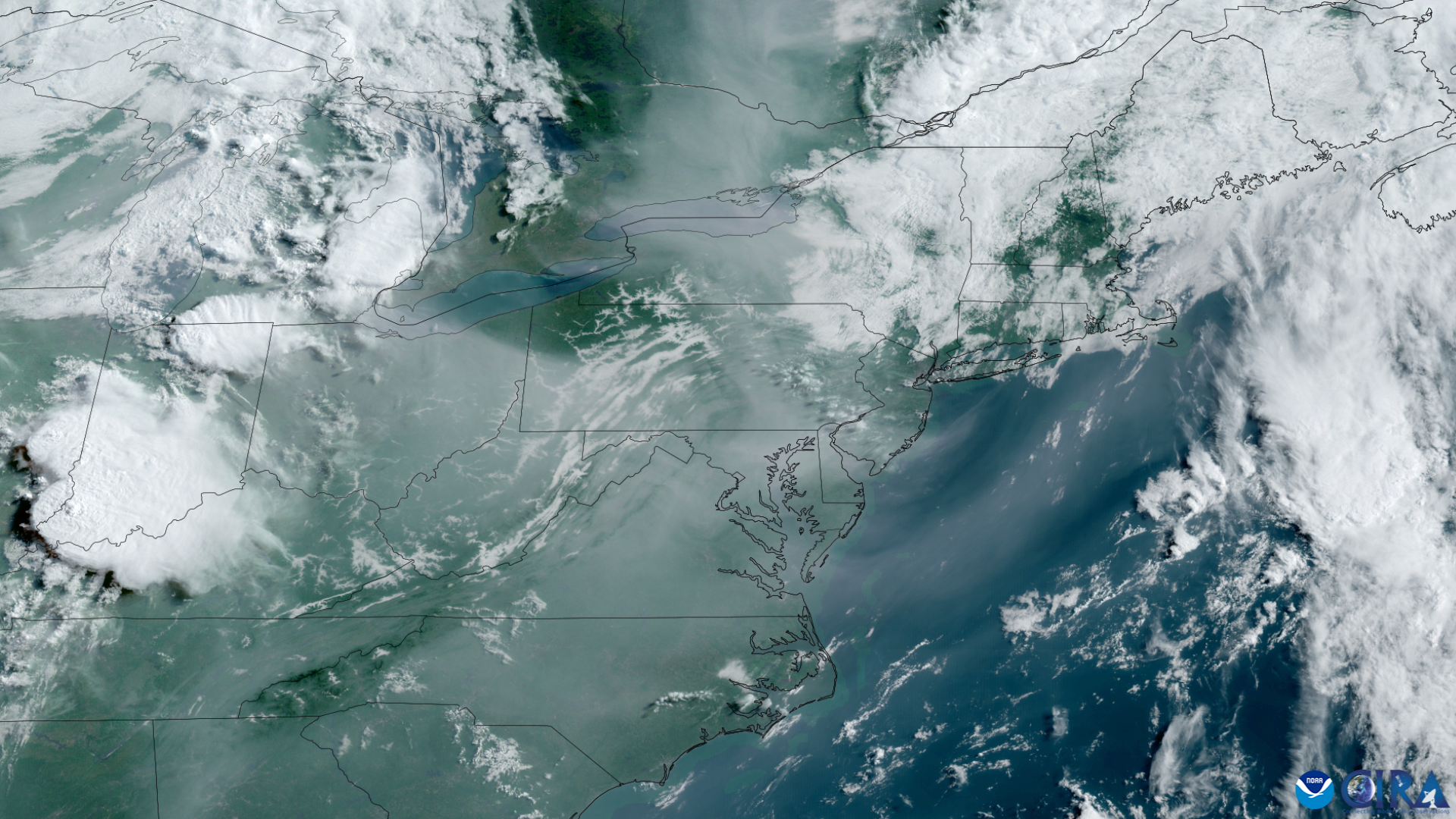
"One of the things that we want to do is say, hey, when we understand what's happening, we can make decisions. And a community that can learn is a community that can adapt, can move forward, and continue to thrive. That's really what I'm hopeful about on Earth Day," St. Germain added.
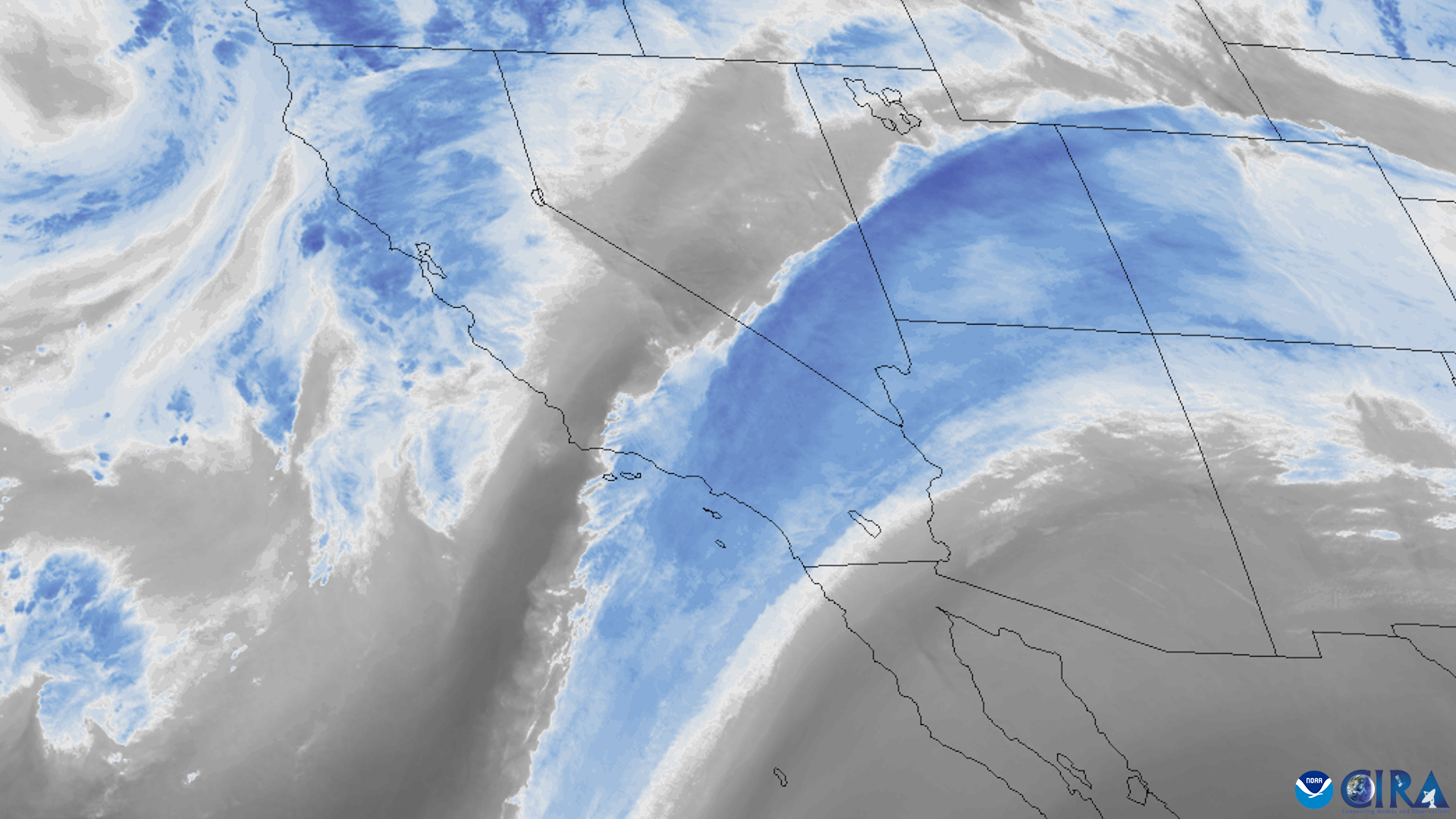
As of today, NOAA owns and operates ten satellites including four geostationary, five polar orbiting, and one that covers deep space.
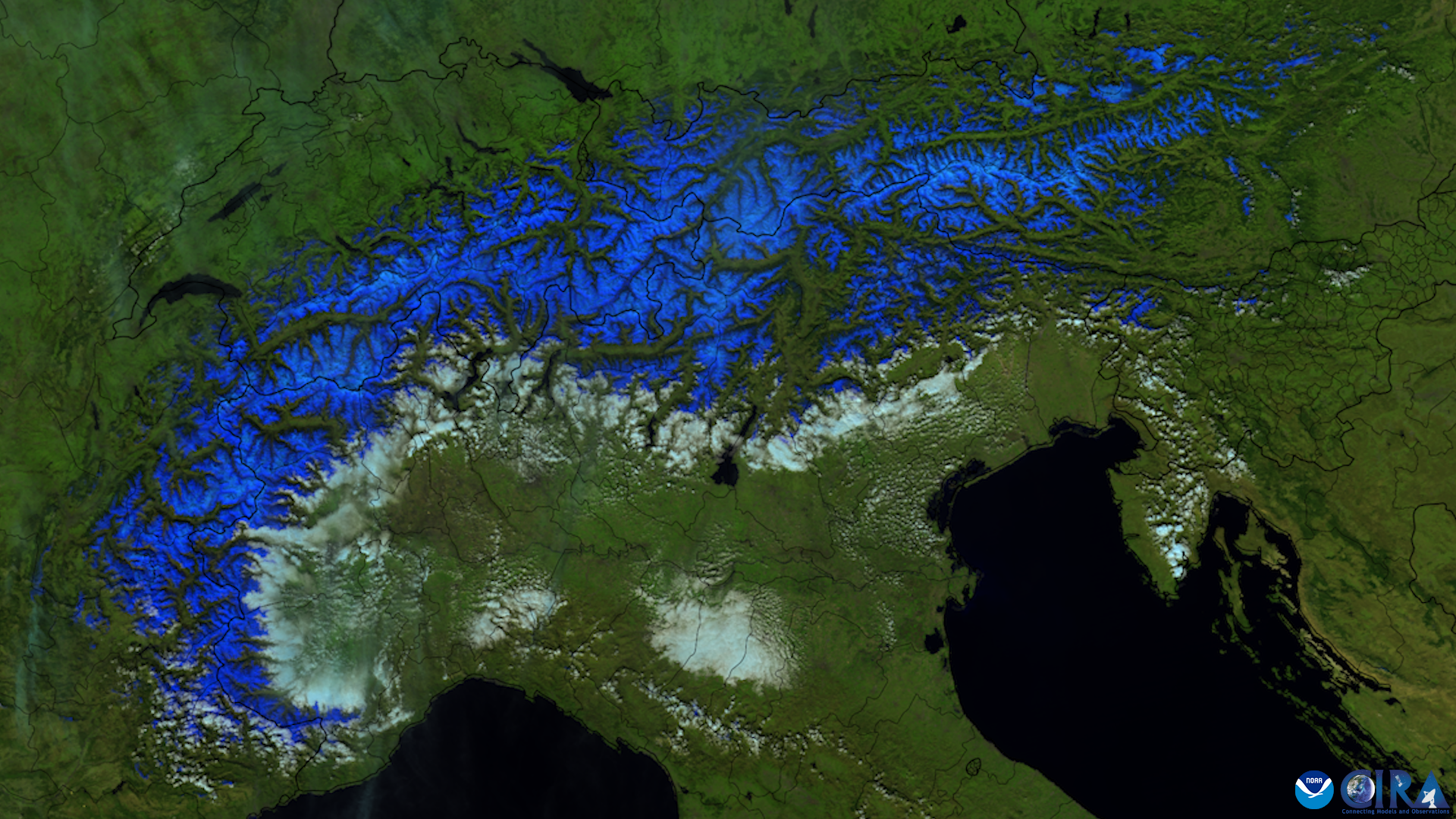
These next-generation satellites are our eyes in the sky watching over Planet Earth and send back advanced imaging and measurements from a variety of instruments to help improve weather forecasting.
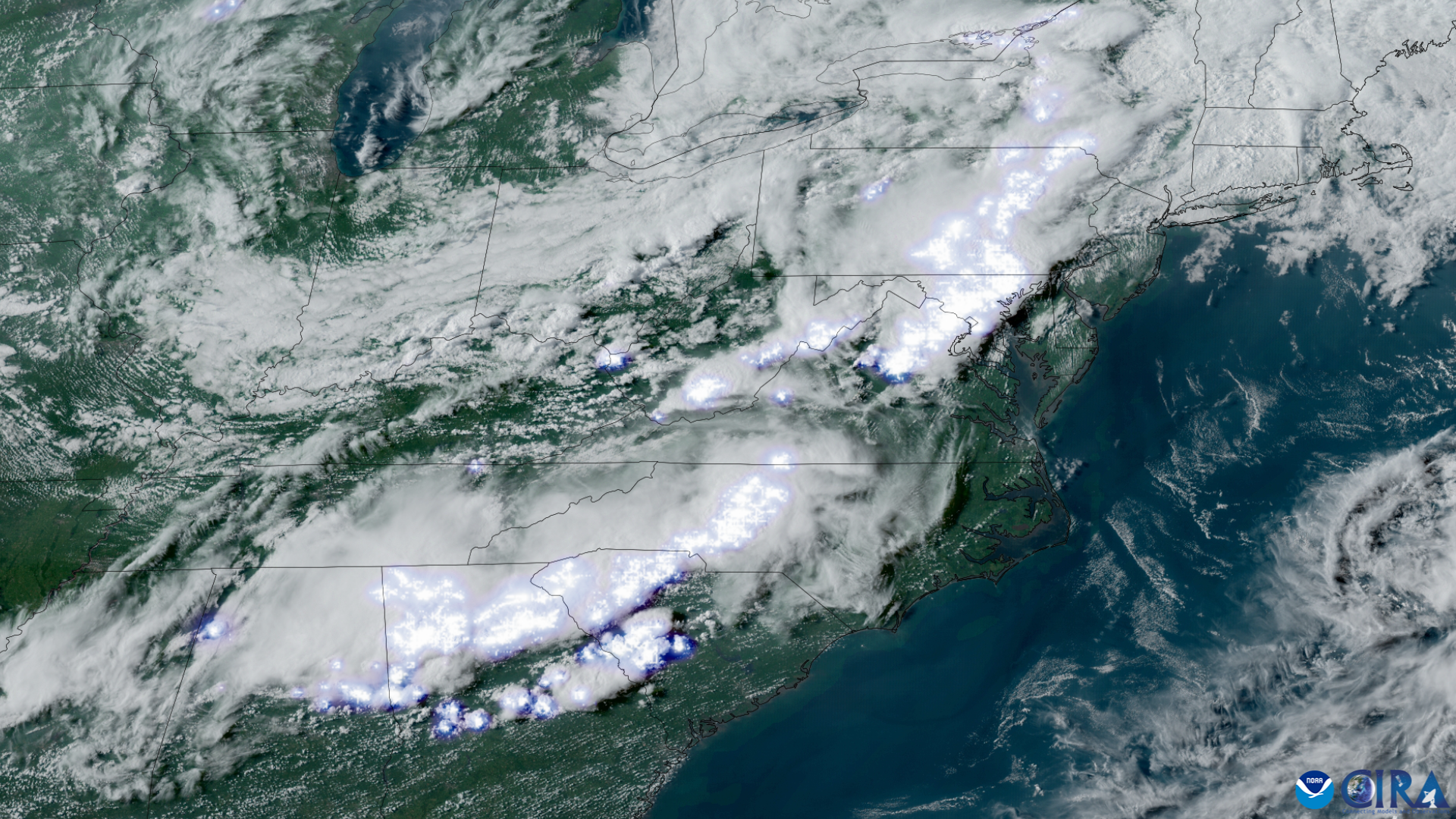
These satellites also assist with safety and aviation route planning, detect wildfires and smoke, and compile data that will give us more details on the impacts of climate change.
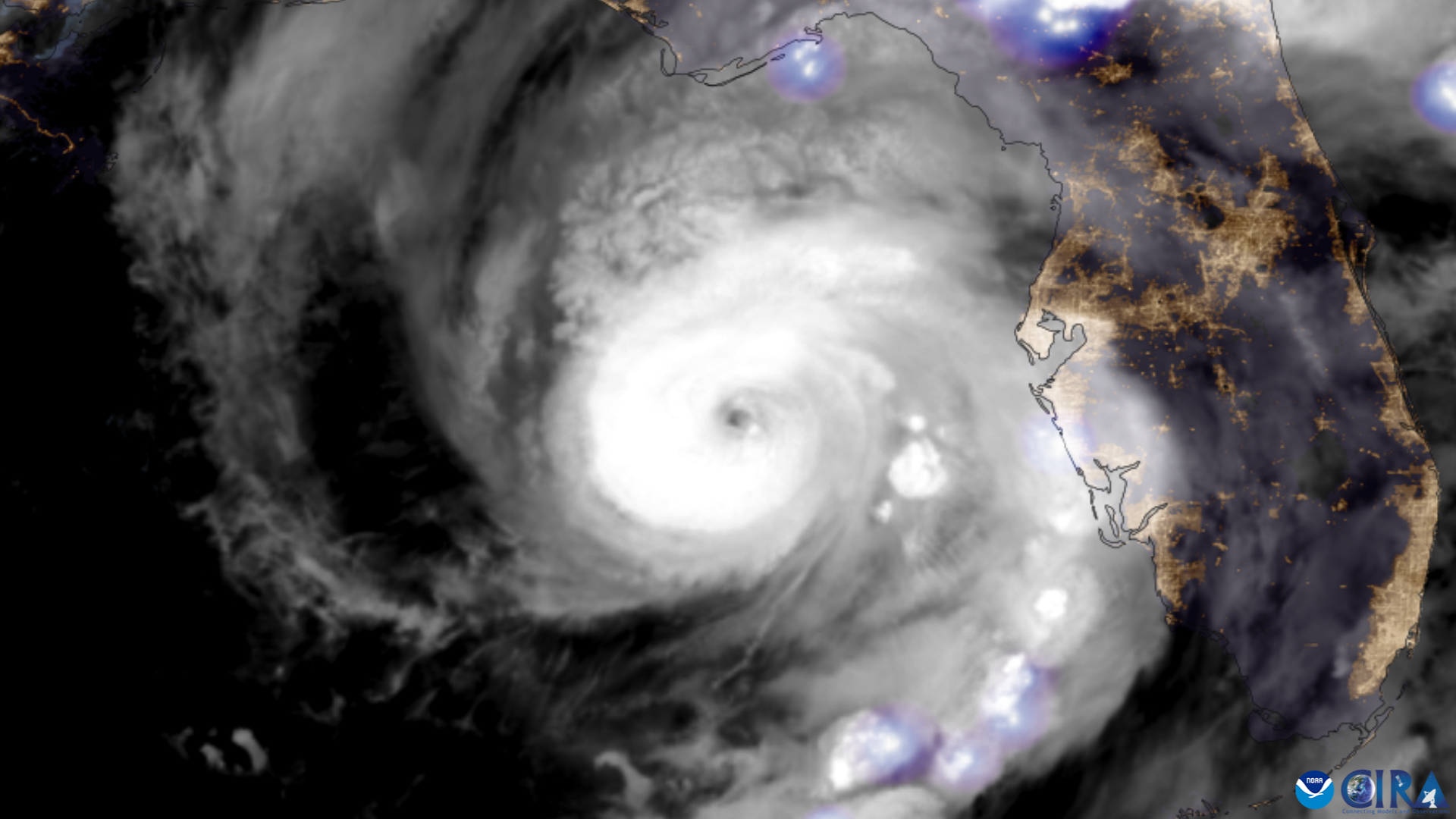
"GOES satellites have been a game changer for the National Weather Service," said Jordan Gerth, meteorologist, National Weather Service Office of Observations. "GOES is a crucial part of the forecast process and has enabled us to provide increasingly accurate forecasts, warnings and services that save lives and property."
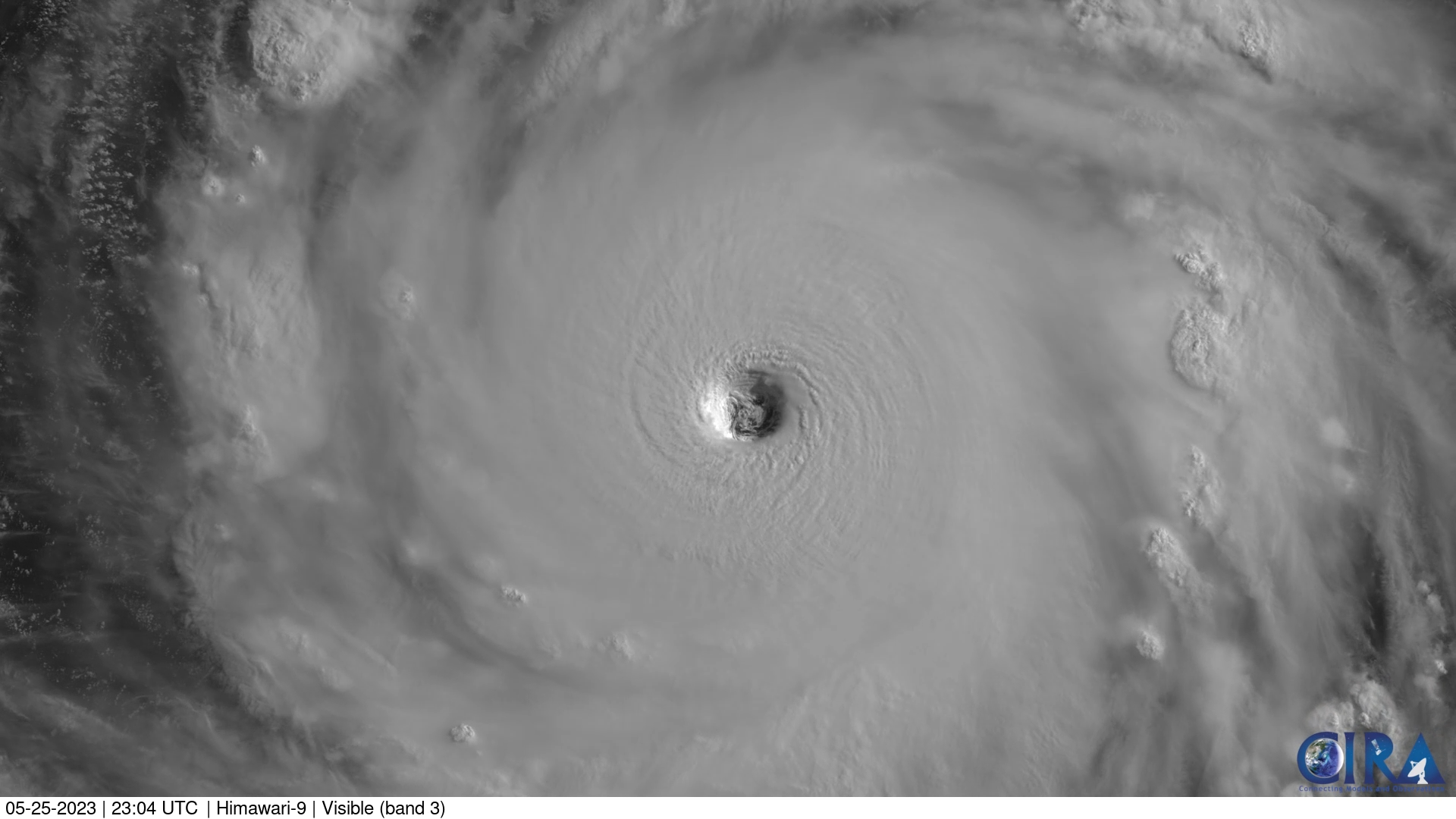
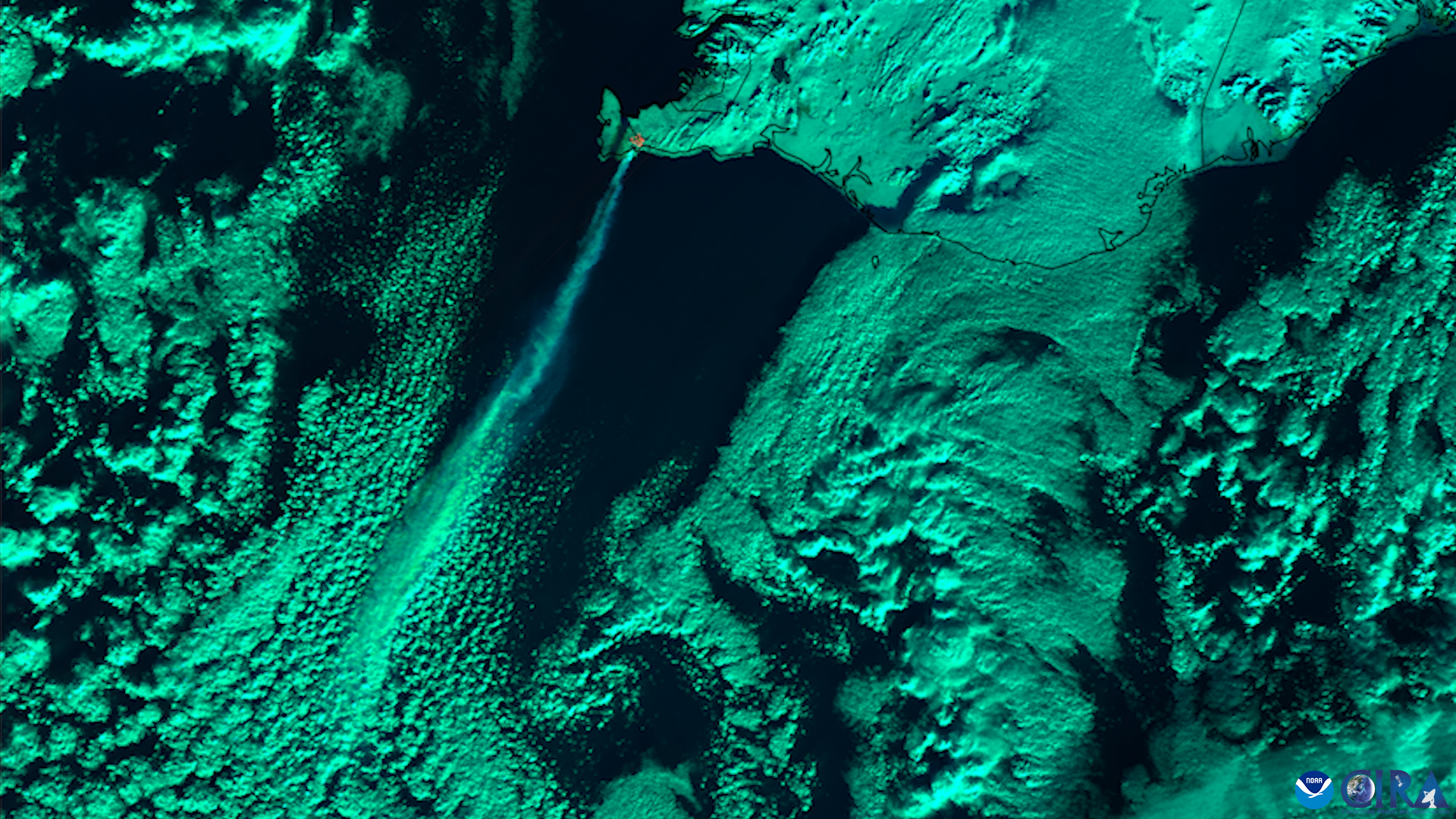
These are just a few of the countless snapshots that contribute to the on-going studies and research on how we can stay safe and also take care of the place we call home.
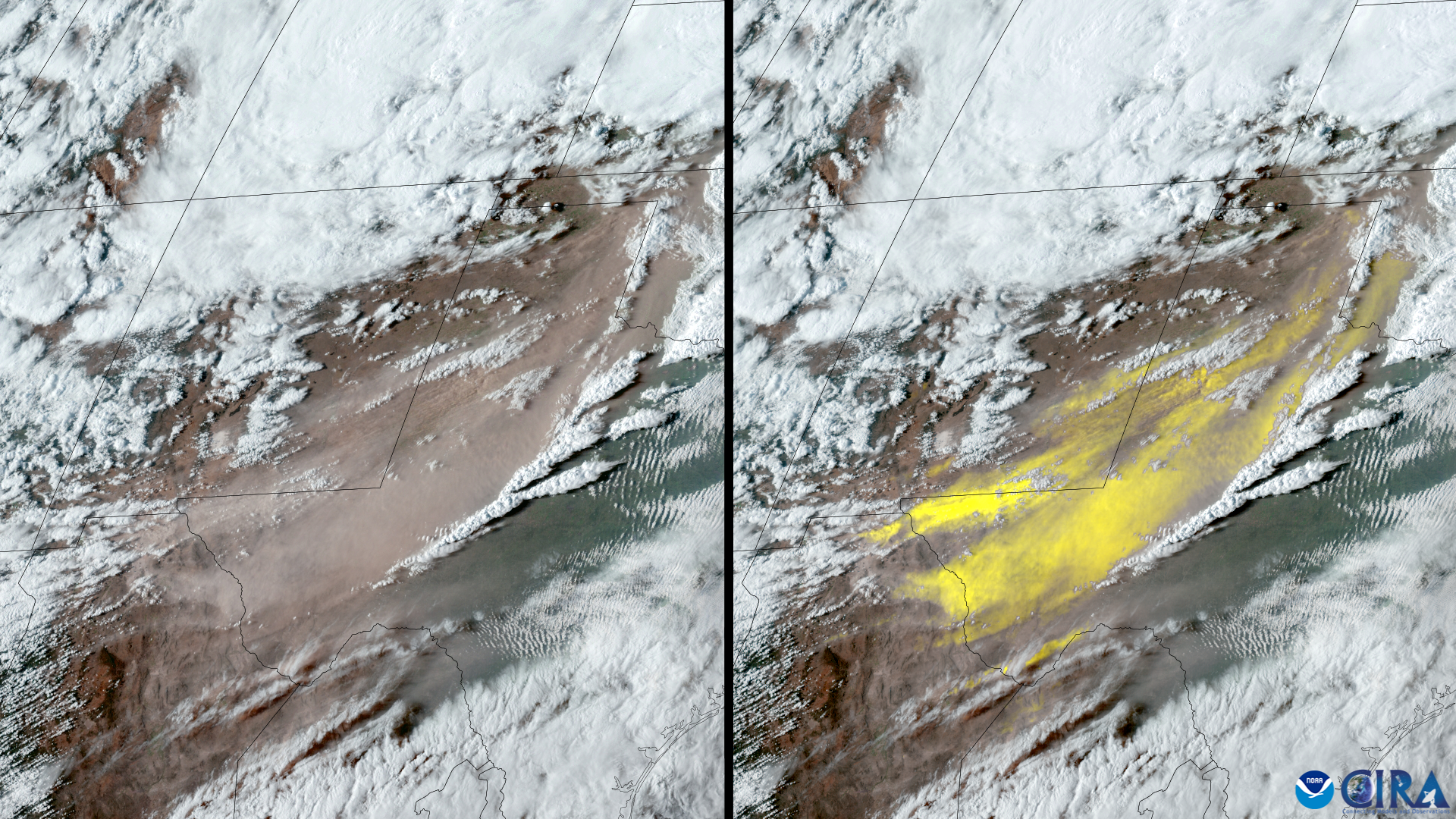
"Earth day is a time for reflection on the fragile nature of our planet and all who live here, a point made abundantly clear after a year full of devastating weather and climate extremes," Sarah Kapnick, NOAA's Chief Scientist told Space.com in an interview.
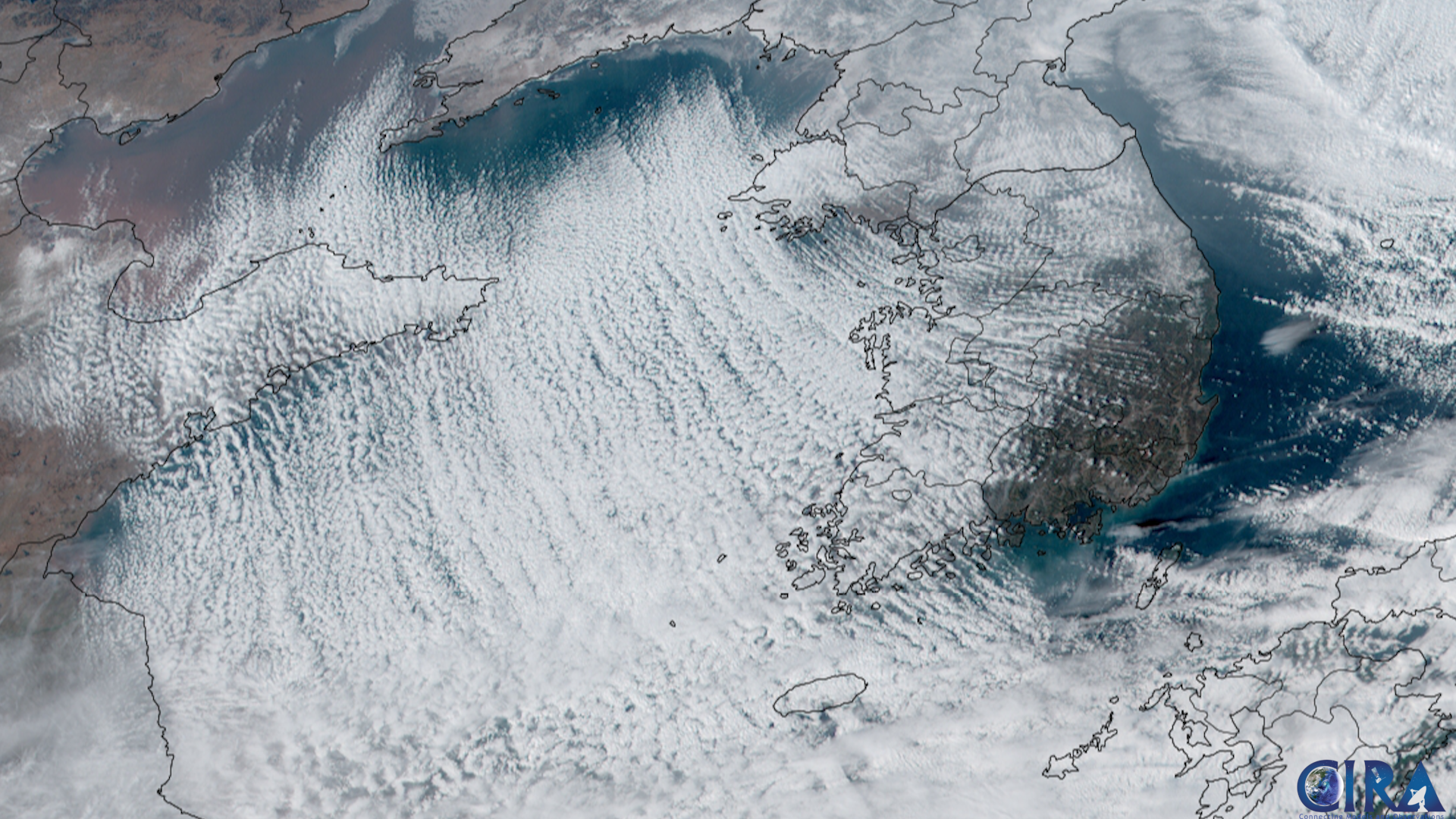
"But it is also an opportunity to advocate for its protection, bring awareness to important issues, and celebrate our accomplishments. This year let's challenge ourselves to treat every day like it is Earth Day."
Join our Space Forums to keep talking space on the latest missions, night sky and more! And if you have a news tip, correction or comment, let us know at: community@space.com.

Meredith is a regional Murrow award-winning Certified Broadcast Meteorologist and science/space correspondent. She most recently was a Freelance Meteorologist for NY 1 in New York City & the 19 First Alert Weather Team in Cleveland. A self-described "Rocket Girl," Meredith's personal and professional work has drawn recognition over the last decade, including the inaugural Valparaiso University Alumni Association First Decade Achievement Award, two special reports in News 12's Climate Special "Saving Our Shores" that won a Regional Edward R. Murrow Award, multiple Fair Media Council Folio & Press Club of Long Island awards for meteorology & reporting, and a Long Island Business News & NYC TV Week "40 Under 40" Award.
-
Frank Sterle Jr Astronauts typically express awe and even love for the beautiful Earth below while they’re in orbit. I wonder how they feel when seeing the immense consequential pollution from raging massive forest/brush fires, like the ones consuming Canadian forests for many weeks now, that are basically due to human-caused global warming?Reply
And if a large portion of the planet’s most freely-polluting corporate CEOs, governing leaders and over-consuming/disposing individuals rocketed far enough above the earth for a day’s (or more) orbit, while looking down, would the view have a sufficiently profound effect on them to change their political/financial support of, most notably, the fossil fuel industry? ...
Meanwhile, too many people continue throwing non-biodegradable garbage down a dark chute or flush pollutants down toilet/sink drainage pipes as though they’re inconsequentially dispensing that waste into a black-hole singularity where it’s compressed into nothing.
Societally, we still discharge out of elevated exhaust pipes, smoke stacks and, quite consequentially, from sky-high jet engines like it’s all absorbed into the natural environment without repercussion. Then there are the corporate-scale toxic-contaminant spills in rarely visited wilderness.
Out of sight, out of mind. -
Frank Sterle Jr Reply
Thus, every day of the year needs World Earth Day action — with a genuine, serious effort and not just brief news-media tokenism nor subtle dismissal.Frank Sterle Jr said:Astronauts typically express awe and even love for the beautiful Earth below while they’re in orbit. I wonder how they feel when seeing the immense consequential pollution from raging massive forest/brush fires, like the ones consuming Canadian forests for many weeks now, that are basically due to human-caused global warming?
And if a large portion of the planet’s most freely-polluting corporate CEOs, governing leaders and over-consuming/disposing individuals rocketed far enough above the earth for a day’s (or more) orbit, while looking down, would the view have a sufficiently profound effect on them to change their political/financial support of, most notably, the fossil fuel industry? ...
Meanwhile, too many people continue throwing non-biodegradable garbage down a dark chute or flush pollutants down toilet/sink drainage pipes as though they’re inconsequentially dispensing that waste into a black-hole singularity where it’s compressed into nothing.
Societally, we still discharge out of elevated exhaust pipes, smoke stacks and, quite consequentially, from sky-high jet engines like it’s all absorbed into the natural environment without repercussion. Then there are the corporate-scale toxic-contaminant spills in rarely visited wilderness.
Out of sight, out of mind.
Obstacles to environmental progress were quite formidable pre-pandemic. But Covid-19 not only stalled most projects being undertaken, it added greatly to the already busy landfills and burning centers with disposed masks and other non-degradable biohazard-protective single-use materials.
Also, increasingly problematic is the very large and growing populace who are too overworked, worried and even angry about food and housing unaffordability for themselves or their family — all while on insufficient income — to criticize the fossil fuel industry for whatever environmental damage their policies cause/allow, particularly when not immediately observable.









